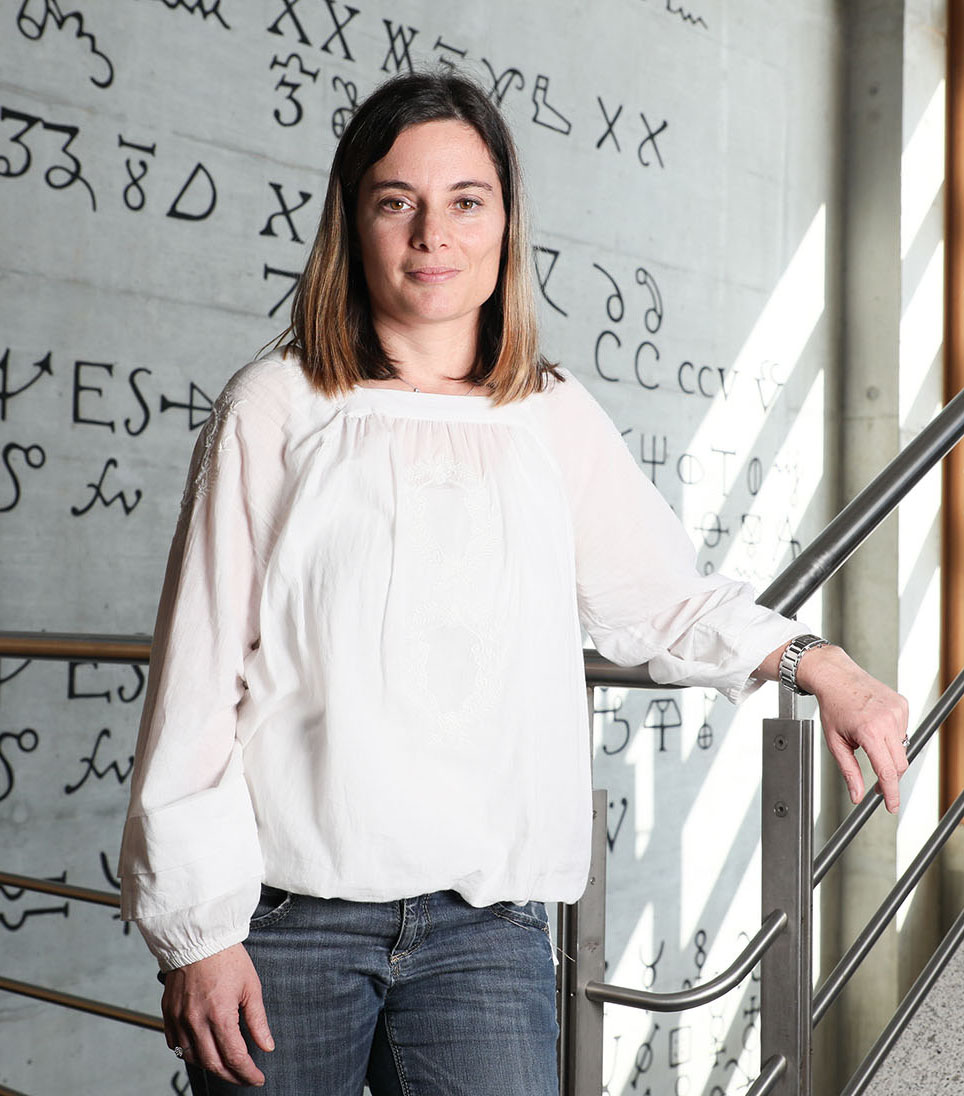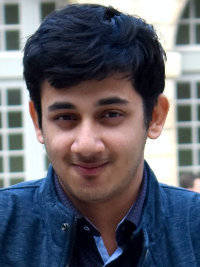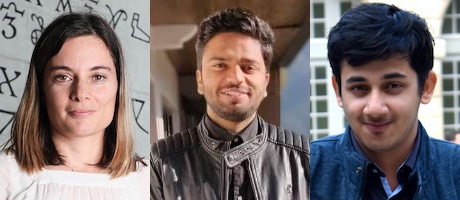Program
Chair: Trygve Helgaker
13:00 Sahil Gahlawat: Mechanistic Insights into the Reduction of CO2 using Molecular Catalysis
13:30 Samiran Sen: Pressure in Lipid Membranes
14:00 Clemence Corminboeuf: Going further by leveraging data for solving quantum/computational chemistry problems

Almlöf–Gropen Lecturer, Clemence Corminboeuf
École Polytechnique Fédérale de Lausanne, Switzerland,
Clemence earned her Ph.D. degrees from the University of Geneva performing research in Geneva and TU-Dresden.Subsequently, she held postdoctoral positions at New York University and the University of Georgia. In 2007 she began her independent career at the EPFL as an assistant professor and Sandoz Family Foundation Chair. She was subsequently promoted to associate (2014) and full professor (2019). She is the recipient of the silver medal at the European Young Chemist Award (2010), the Werner Prize of the Swiss Chemical Society (2014), and the Theoretical Chemistry Award from the American Chemical Society Physical Chemistry Division (2018). She was also awarded two ERC grants (starting in 2012 and consolidator in 2018). In 2021, she received the Heilbronner-Huckel Lecture Award from the Swiss and German chemical society and is the awardee of the 2022 Löwdin Lecture. To date she has co-authored over 200 publications focusing on quantum chemical methods and conceptual tools targeting homogeneous catalysis and other organic functional molecules
Abstract: Going further by leveraging data for solving quantum/computational chemistry problems
This lecture will focus on our efforts in exploiting data-driven approaches in two interlinked aspects, computational chemistry and quantum chemistry.
We begin by presenting a collection of tools and concepts that aim to accelerate homogeneous catalyst discovery, offering a balance of proof-of-principle examples and real-life applications. We will also highlight the benefits and challenges that result from the use of statistical models to predict catalytic properties. We then focus on a handful of the most challenging properties, which will be used to illustrate how we leverage quantum chemical tricks to improve the accuracy and broaden the field of applicability of kernel-based models.
This overview illuminates our determination to adopt an interdisciplinary approach toward our field of research.
Almlöf–Gropen Young Speaker, Sahil Gahlawa

Hylleraas Centre, UiT The Arctic University of Norway, Tromsø
Sahilhas received his bachelor’s degree in chemistry from Delhi University in 2018 and his master’s degree from the Indian Institute of Technology, Roorkee in 2020, where he was introduced to computational chemistry during his last semester. After that, his research interests changed to the quantum-chemical aspects of chemistry including molecular modelling, computational catalysis, and the application of these theoretical techniques to the field of organometallic and organic chemistry. He began his PhD study at UiT in 2021 and has been working on the application of theoretical methods to study the mechanisms of homogenous transition metal-catalyzed reactions like the conversion of carbon dioxide to products of higher value.
Abstract: Mechanistic Insights into the Reduction of CO2 using Molecular Catalysis
Homogeneous catalysis employing carbon dioxide (CO2) as a carbon-based renewable feedstock has been and continues to be a flourishing area of research, providing new and improved synthetic methodologies towards a range of organic products. The International Energy Agency outlines that to achieve net-zero emissions by 2050, carbon capture, utilization, and storage (CCUS) will play a critical role. Thus, it is vital to produce materials of commercial interest from CO2 and gain mechanistic insights of the reactivity of CO2.
In this talk, I will discuss two computational studies focusing on CO2 reactivity. The first one is the computational mechanistic study of an iridium-phosphoramidite complex, which acts as a catalyst for generating branched allyl carbamates in high enantiomeric excess by a domino reaction of primary amines, allyl chloride substrates, base, and CO2. The second part will focus on insertion of carbon dioxide into metal element σ-bonds, which is an important elementary step in many catalytic reactions for carbon dioxide valorization.
Almlöf–Gropen Young Speaker, Samiran Sen

Hylleraas Centre, University of Oslo, Norway
Samiran graduated from St. Xavier’s College, Kolkata with a Bachelor’s degree in Physics Honours from the University of Calcutta in 2017. He completed his Master’s course in theoretical and computational physics with a specialisation in condensed matter from the University of Calcutta in 2019.
He is currently working as a PhD research fellow at the Hylleraas Centre at the University of Oslo.
Abstract: Pressure in Lipid Membranes
Hamiltonian hybrid particle-field (HhPF) molecular dynamics is a computationally efficient method to study large soft matter systems. In this talk, I will present the extension of this theory to describe systems under constant pressure. I will briefly discuss the derivation of internal pressure using the density field by taking into account the intrinsic spread of the particles in space and how this naturally leads to the appearance of anisotropy in the pressure tensor. I will show the performance of this approach through a series of tests comprising monoatomic models as well as realistic water/lipid biphasic systems. Finally, I will discuss how by an appropriate parametrisation of our model by machine learning, we were able to reproduce several structural properties that agree well with values reported in literature.
